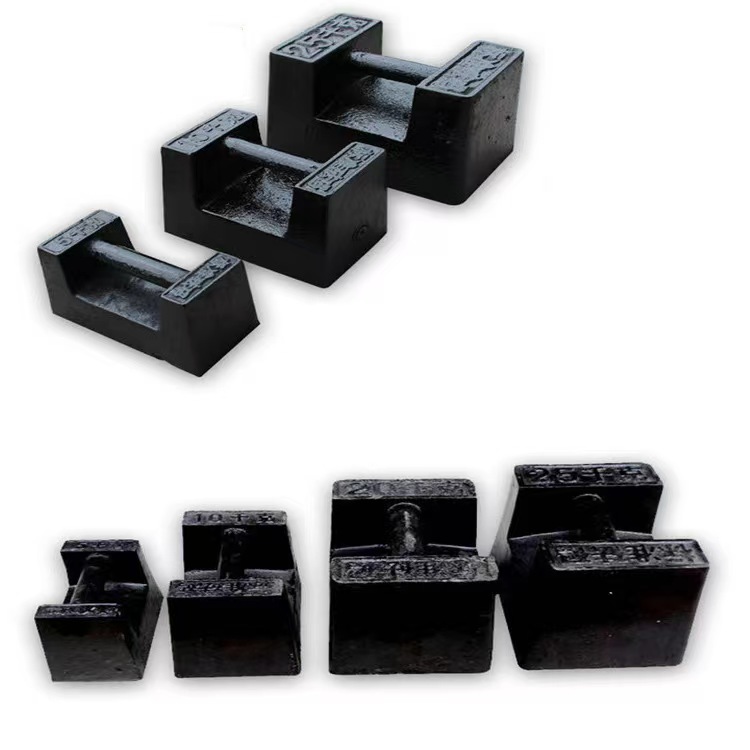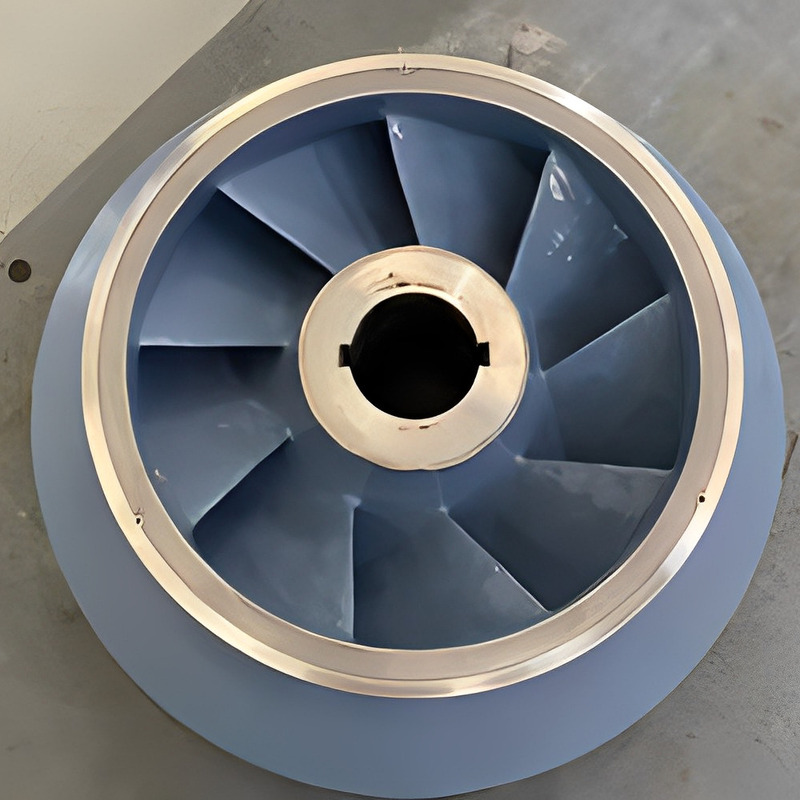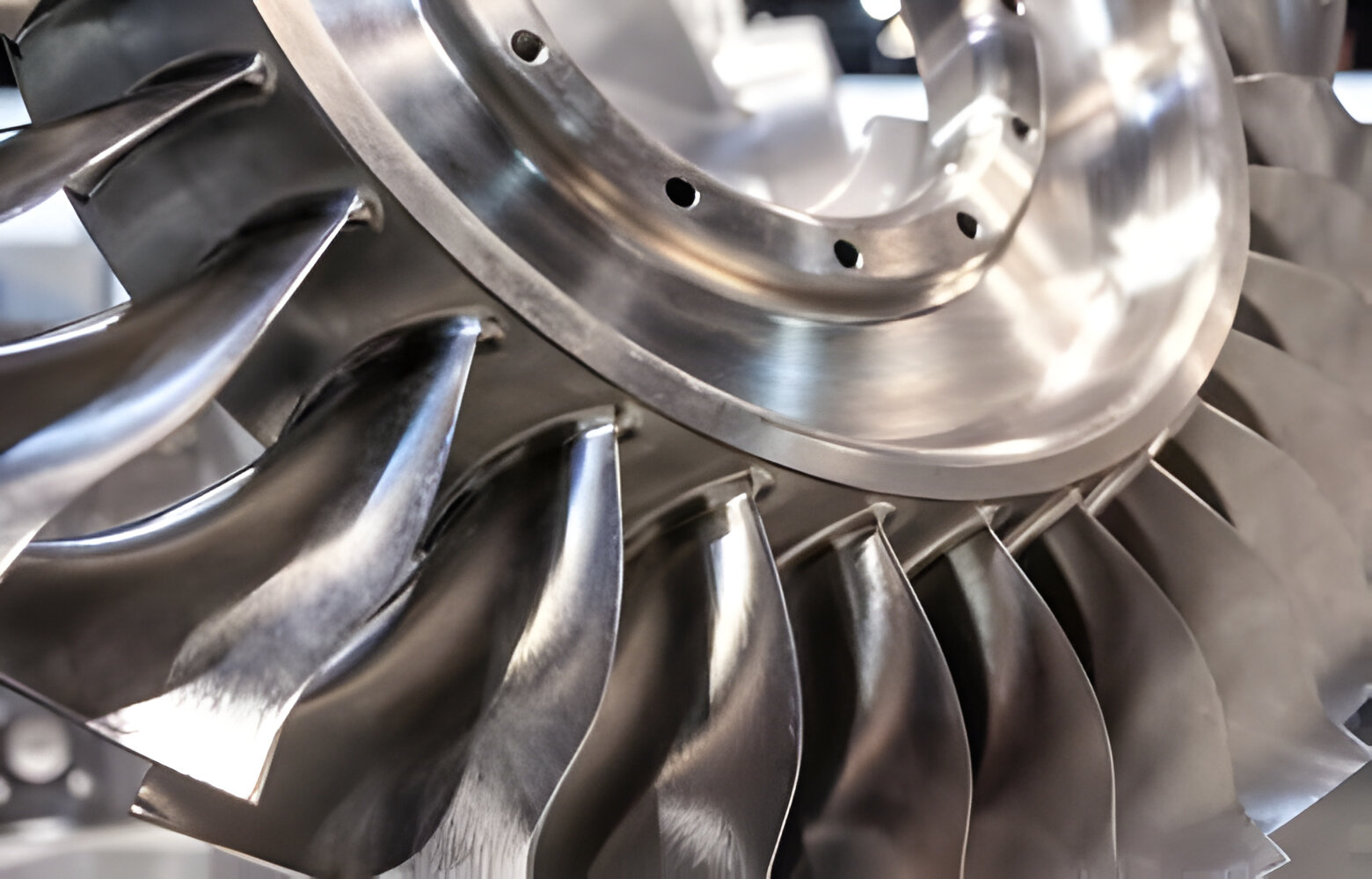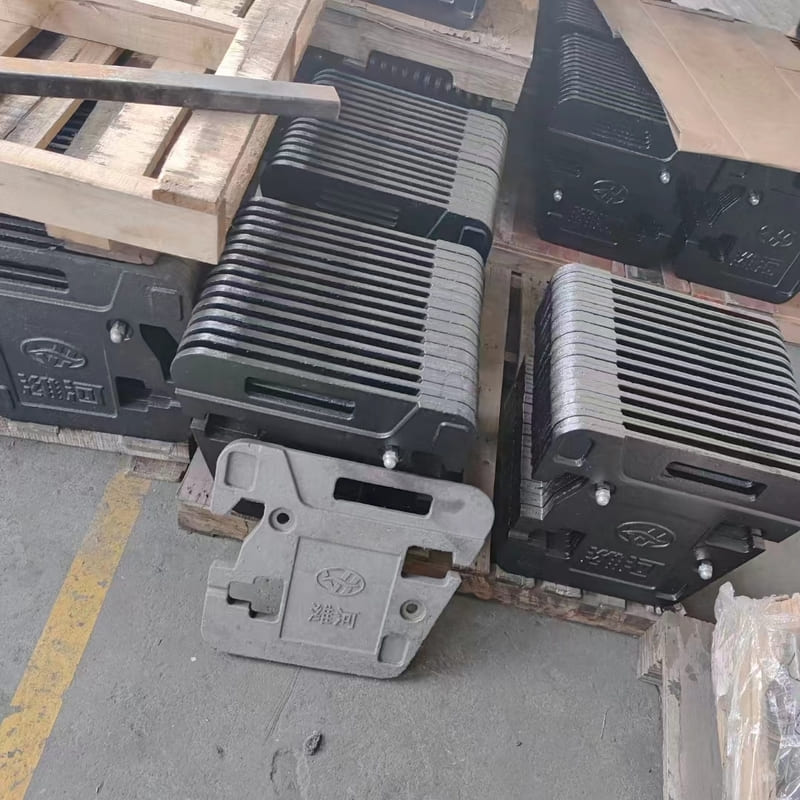In the realm of vertical transportation, the quest for efficiency, safety, and space optimization has always been at the forefront. Elevators, a cornerstone of modern architecture, have evolved significantly since their inception. One pivotal advancement in this domain is the advent of counterbalance elevators, revolutionizing the way we move within buildings. Let's delve into the intricacies of these elevators and explore how they offer a seamless journey between floors.
Counterbalance elevators operate on a simple yet ingenious principle: the use of counterweights to offset the weight of the elevator car and its occupants. This ingenious system ensures smoother and more energy-efficient rides, enhancing both user experience and operational efficiency. Elevator counterweights, carefully calibrated to match the weight of the car and its passengers, play a pivotal role in achieving this delicate balance.
One of the key components of counterbalance elevators is the elevator counterweight. These weights are strategically placed within the elevator shaft to counteract the weight of the car, reducing the amount of energy required to move it up and down. By effectively neutralizing gravitational forces, counterweights enable elevators to operate with greater speed and efficiency, minimizing wear and tear on mechanical components.
Elevator counterweights come in various shapes and sizes, each meticulously engineered to meet the specific requirements of the elevator system. The weight of the counterweight is carefully calculated based on factors such as the maximum load capacity of the elevator, the height of the building, and the desired speed of travel. This precision engineering ensures optimal performance and safety under all operating conditions.
Counterbalance elevators offer several distinct advantages over traditional elevator systems. Firstly, they consume less energy, making them a more sustainable choice for modern buildings. By harnessing the power of gravity, these elevators reduce the reliance on electric motors, resulting in lower operating costs and environmental impact. Additionally, the smoother ride offered by counterbalance elevators enhances passenger comfort, reducing the likelihood of motion sickness or discomfort during travel.
Lift counterweights also play a crucial role in maintaining elevator balance and stability. By distributing weight evenly throughout the elevator shaft, counterweights prevent the car from swaying or vibrating excessively during operation. This ensures a safe and comfortable ride for passengers, even at high speeds or in adverse weather conditions. Elevator balance weights are carefully calibrated to achieve the perfect equilibrium, guaranteeing a smooth and controlled ascent and descent.
In addition to their practical benefits, counterbalance elevators also offer architects and designers greater flexibility in building design. Because they require less space for machinery and motor rooms, these elevators can be installed in smaller or irregularly shaped buildings where space is at a premium. This opens up new possibilities for innovative architectural concepts and allows for more efficient use of available space.
At KT Foundry, we specialize in the design and manufacture of high-quality counterbalance elevators and elevator counterweights. With years of experience in the industry, we understand the unique challenges and requirements of modern building projects. Our team of engineers and technicians works tirelessly to develop innovative solutions that push the boundaries of elevator technology.
Whether you're planning a new construction project or looking to upgrade an existing building, our range of counterbalance elevators offers the perfect blend of performance, reliability, and efficiency. Contact us today to learn more about how our products can elevate your next project to new heights.






